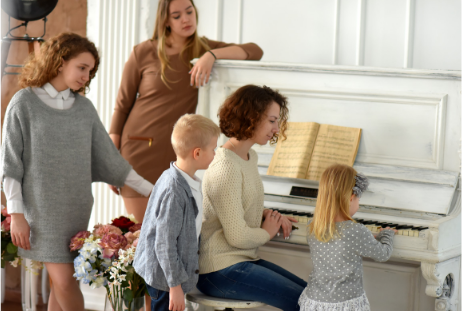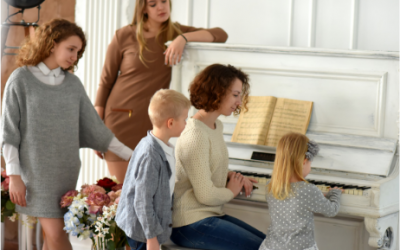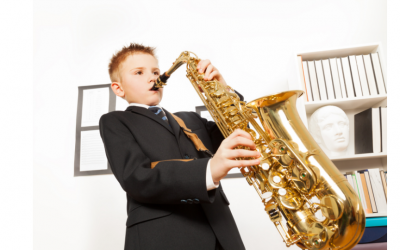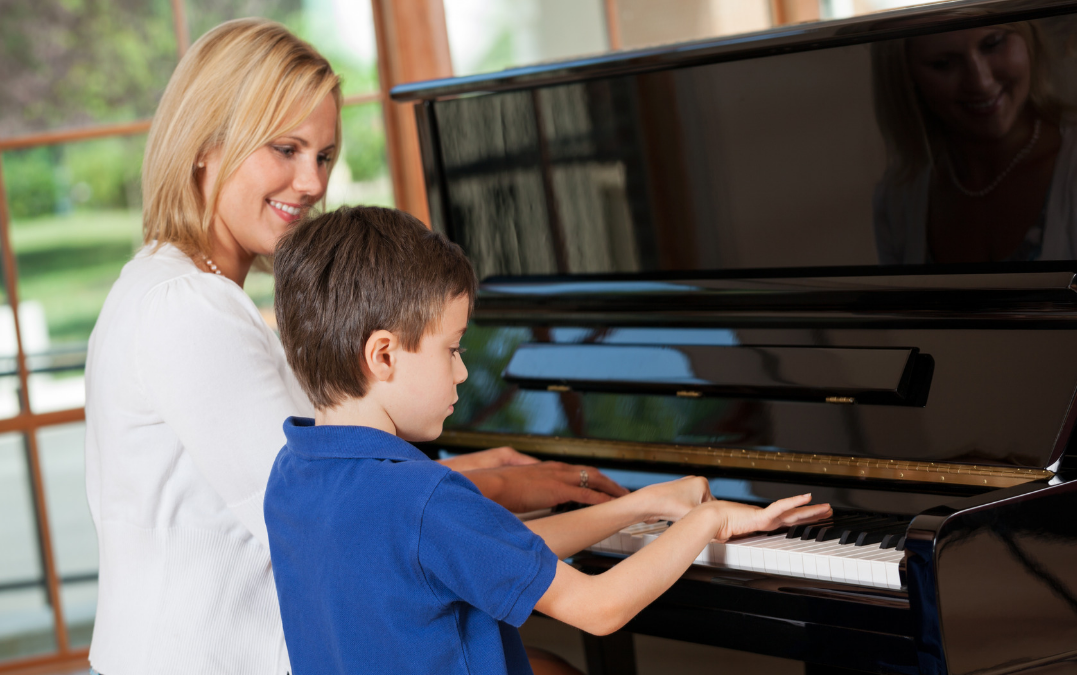facebooktwitterpinterestinstagramyoutubeOne of the biggest stumbling blocks when it comes to large families, is that piano lessons can be extremely expensive, especially if all the kids want to learn the instrument. Most parents think there is no way around...

3 ‘Super Important’ Treble Clef Landmark Notes To Teach
3 ‘Super Important’ Treble Clef Landmark Notes To Teach
See below for a Free Printable Pack to go with the post.
Did you know that clef signs create landmark notes?
The Treble Clef creates two landmark notes.
And in this post I will show you how you can introduce both landmark notes to your kids.
Remember to download the music theory worksheet I have made available especially for this post, so you can reinforce the concept of the Treble Clef landmark notes, which you will be teaching your kids.
What Is A ‘Landmark’?
A ‘landmark’ in music, is a ‘clue’ to help you identify a specific note name and placement.
Furthermore, a ‘landmark’ is created by a clef sign when the clef is written with technical precision.
Therefore it is very important for kids to learn to write the clefs correctly.
Not sure if your kids have learned to write the Treble Clef with technical precision?
No worries. Check out my post 5 ‘Super Easy’ Ways To introduce Kids To The Treble Clef.
Ready to get started?
So what are the two landmark notes created by the Treble Clef?
Second Line G
The first landmark note created by the Treble Clef is second line G or G4.
Why is this G considered as a landmark note?
It is because the coil of the Treble Clef or the start of the Treble Clef is on the second line of the staff and the note on the second line on the Treble Staff is G4.
So there’s your first landmark note in the Treble Clef.
What’s the next one?
Fifth Line F
F5 or the fifth line F in the Treble Staff is the second landmark note created by the Treble Clef.
Why is that?
It is because the twist of the Treble Clef before its head goes over the staff happens on the fifth line.
So the next time your kids are reading music notes and are trying to find their way, tell them to look for the coil and know that the note there is G4 (on the piano) and to look for the twist and know that the note there is F5 (on the piano).
They can now count down or up and find the rest of the notes on the piano easily.
Bonus – D4 or Dangerous D
Since we are learning landmark notes, I think it is best for you to teach your kids one additional note and that is D4.
This note is not a landmark note (in the real sense, because it is not created by the Treble Clef), yet, it is a note that your kids should learn at this point.
D4 or as it is lovingly known ‘Dangerous D’ because it hangs from the Treble Staff, is the note.
This is also a very easy note to remember.
It comes directly after Middle C.
So what do you think?
Easy enough?
Can you teach your kids these landmark notes in the Treble Clef?
Great.
Don’t forget to download and use the music theory worksheets I have included with this post.

Karen Cadera
Founder/Creator
Mom, Teacher, Minimalist, Zero Waste Enthusiast, Multi Pod.
My daughter loved the games, but there were also worksheets and videos. The weekly lesson plans were complete, and I never questioned what I should be doing next.
Download the FREE Music Theory Worksheet
Articles That Maybe Of Interest To You
7 ‘Unbelievable’ Reasons Why Private Piano Lessons For Large Families Are So Unaffordable
8 ‘Unbelievably Easy’ Steps To Introduce The Quarter Rest
facebooktwitterpinterestinstagramyoutubeSee below for a Free Printable Pack to go with the post.Teaching notes and rests, their values and how they can be identified, and played is something any parent can do in the homeschool if they have access to the correct tools...
3 Reasons Why You As A Parent Have To Teach Your Child To Play The Piano
facebooktwitterpinterestinstagramyoutubeWhen I say that you have to teach your child to play the piano, I don’t mean that you pay someone else to come and teach your child. Rather, I mean that YOU have to take it upon yourself to teach your child. Ok, ok, I can hear...













